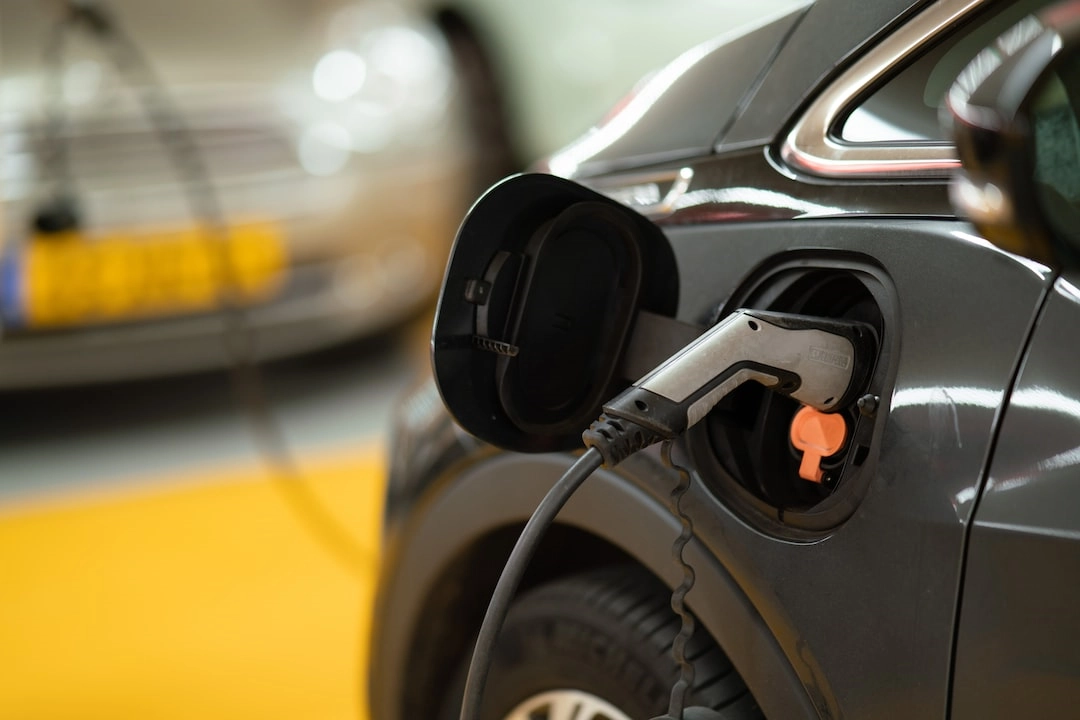
Sustainable Public Transport: Exploring Solutions
What it is:
Sustainable public transport refers to transportation systems that are designed to minimize negative environmental impacts while providing efficient and accessible mobility options for the public. It involves implementing strategies and technologies that reduce greenhouse gas emissions, reliance on fossil fuels, and congestion on the roads. Sustainable public transport aims to improve air quality, promote social equity, and enhance overall quality of life in urban areas.
Real-World Problems Associated with Sustainable Public Transport:
1. Lack of Infrastructure: One of the main challenges in implementing sustainable public transport solutions is the lack of adequate infrastructure. This includes the absence of proper bus lanes, bicycle lanes, railway networks, and well-connected transit systems. Insufficient infrastructure hampers the efficient operation of public transport and limits its attractiveness as a viable alternative to private vehicles.
2. Funding and Resources: Sustainable public transport initiatives often require significant financial investment and resources. Allocating funds for infrastructure development, vehicle procurement, maintenance, and operational costs can be a major obstacle. Securing sufficient funding and resources from government authorities and stakeholders is crucial for the successful implementation of sustainable public transport solutions.
3. Public Perception and Behavioral Change: Encouraging a shift from private vehicle use to public transport requires changing the mindset and behavior of individuals. Many people are resistant to giving up the convenience and privacy of their personal vehicles. Overcoming this resistance and promoting the benefits of sustainable public transport, such as reduced emissions, cost savings, and reduced congestion, can be a significant challenge.
4. Last-Mile Connectivity: Last-mile connectivity refers to the challenge of providing efficient transport options for travelers to reach their final destination once they have disembarked from public transport. The lack of convenient and reliable options for the last leg of the journey is a common problem. Addressing last-mile connectivity is essential to encourage greater adoption of sustainable public transport.
5. Integration of Technologies: Embracing innovative technologies is crucial for sustainable public transport solutions. This includes the integration of smart ticketing systems, real-time information systems, and vehicle electrification. However, the implementation and integration of these technologies can be complex and time-consuming, requiring coordination among different stakeholders.
By addressing these real-world problems and implementing effective solutions, sustainable public transport can play a significant role in reducing greenhouse gas emissions, improving air quality, and enhancing the overall quality of life in urban areas.

Sustainable Public Transport: Exploring Solutions
Solutions to Real-World Problems
1. Infrastructure Development: To overcome the lack of infrastructure, investments should be made in developing and improving public transport systems. This includes creating dedicated bus and bicycle lanes, expanding railway networks, and ensuring well-connected transit systems. By enhancing infrastructure, sustainable public transport can operate more efficiently and attract more riders.
2. Funding and Resource Allocation: Adequate funding and resources are essential for sustainable public transport initiatives. Governments and stakeholders should prioritize allocating funds for infrastructure development, vehicle procurement, and operational costs. Securing financial support and engaging with the private sector can help overcome budgetary constraints.
3. Public Awareness and Education: Overcoming public resistance to change requires robust awareness and educational campaigns. Highlight the benefits of sustainable public transport, such as reducing emissions, saving costs, and easing congestion. Engage with the public through informational campaigns, workshops, and community events to encourage a shift in mindset and behavior.
4. Last-Mile Connectivity Solutions: Addressing last-mile connectivity challenges is crucial to encourage greater adoption of sustainable public transport. Implement strategies such as bike-sharing programs, electric scooters, shuttle services, and improved pedestrian infrastructure to facilitate easy and convenient connections from public transport to final destinations.
5. Integration of Innovative Technologies: Embrace smart technologies to enhance the efficiency and convenience of sustainable public transport. Implement smart ticketing systems, real-time passenger information systems, and vehicle electrification to improve the overall user experience and reduce environmental impact. Collaboration and coordination between stakeholders are imperative to integrate these technologies seamlessly.
By implementing these solutions, we can overcome the real-world problems associated with sustainable public transport and create a more efficient, accessible, and environmentally friendly transportation system for our communities.















